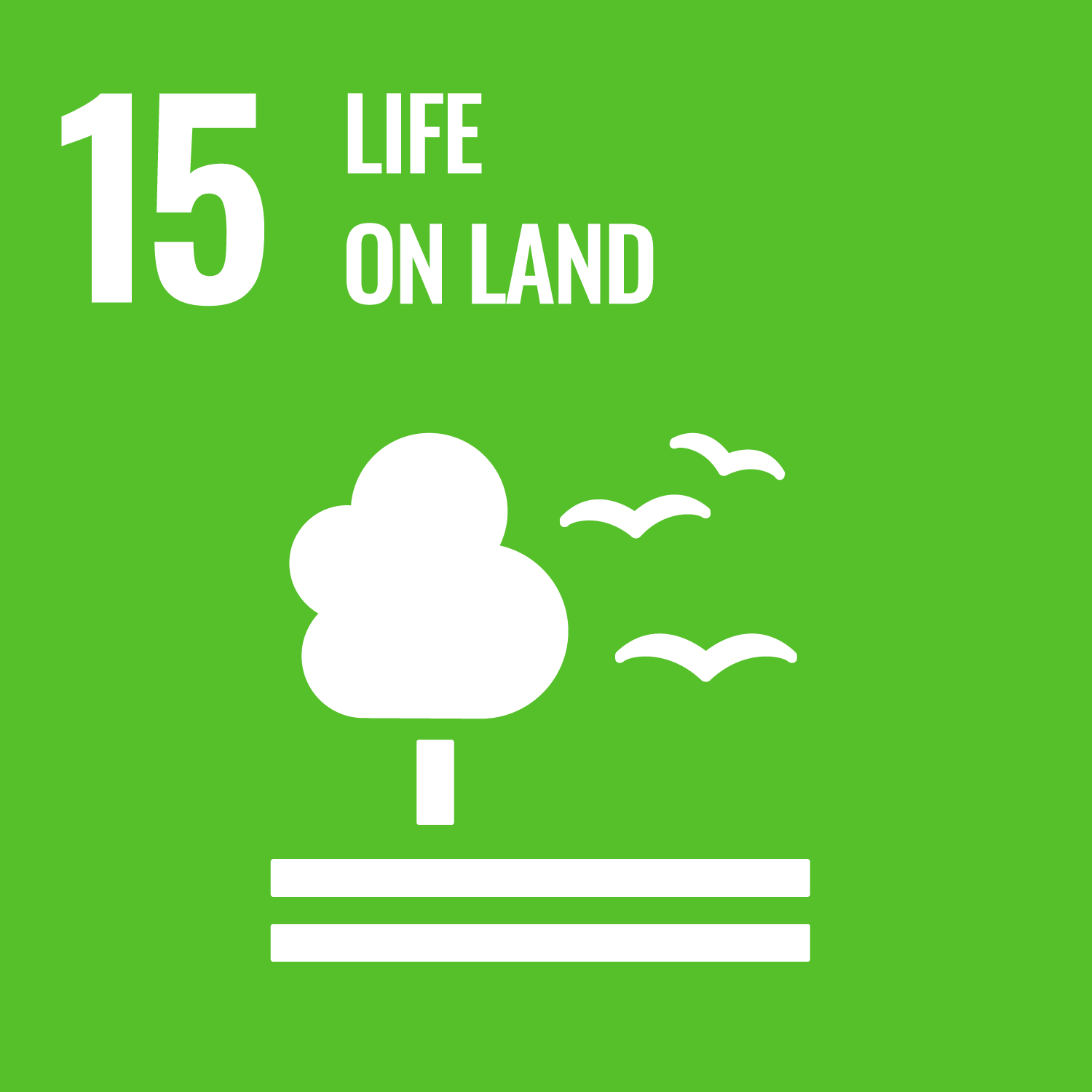
SDG 15. Protect, restore and promote sustainable use of terrestrial ecosystems, sustainably manage forests, combat desertification, and halt and reverse land degradation and halt biodiversity loss |
SDG Indicator 15.1.1: Forest area as a proportion of total land area
1. Key features and metadata
Definition: This indicator provides a measure of the forest area as a proportion of the total area.
| Sub-indicator | Disaggregated by |
|---|---|
|
AG_LND_TOTL Land area (thousands of hectares) |
No current data disaggregation available.
|
|
AG_LND_FRSTN Forest area (thousands of hectares) |
|
|
AG_LND_FRST Forest area as a proportion of total land area (%) |
Sources of information: Data on forest area is collected by the Food and Agriculture Organization of the United Nations (FAO) through the Global Forest Resources Assessment (FRA), which relies on national reports. Data on land area is collected from the FAO through the annual FAO Questionnaire on Land Use, Irrigation and Agricultural Practices. National sources of information include National Statistical Offices, Ministries in charge of Forests or other relevant Agencies.
Related SDG Indicators: 15.2.1 (Progress towards sustainable forest management), 15.1.2 (Proportion of important sites for terrestrial and freshwater biodiversity that are covered by protected areas, by ecosystem type).
2. Data availability by region, SDG Global Database, as of 02 July 2025

3. Proposed disaggregation, links to policymaking and its impact
| Proposed disaggregation | Link to policymaking | Impact |
|---|---|---|
|
Forest area distribution by climatic domain (thousands of hectares)(FAO 2020):
Applies to:
|
This disaggregation is necessary to gain a better understanding of changes in forest area and related driving factors, to identify unsustainable practices, and to have a clearer view of where progress has been achieved and where efforts need to be sustained (FAO 2022b). Disaggregation is therefore key to forest policy and planning within the context of sustainable development for revealing differing trends and guiding the development of improved management policies (UNGA 2016b; UN-ECOSOC 2017). |
Trends in forest cover reflect the demand for land for other uses and natural processes. Human activities exert increased pressures, which directly affect the climate resilience of ecosystems, biodiversity integrity, prevention of natural disasters, and the sustainability of rural livelihoods (FAO 2023d). Investing in forests with a differentiated approach based on their specific characteristics (an ecosystem-based approach) represents an investment not only for the environment but for people and their livelihoods, especially the rural poor, youth and women (FAO 2022b). |
|
Forest area distribution by management objective (thousands of hectares)(FAO 2020):
Applies to:
|
This disaggregation provides useful information on the main objectives for which a forest area is used. Those can be of ecological, social, economic, or crosscutting nature. Such information is particularly interesting for decision-makers wishing to balance the various uses and management of forests. Especially in relation to finding a trade-off between forest designated primarily for production versus forest designated for non-productionuses. |
Supporting the multiple roles and functions of all types of forests, forest lands and woodlands is the primary objective of the international community. In particular with regard to poverty eradication and environmental sustainability (UNGA 2016b). This approach requires the strengthening of forest-related national policies, institutions, management practices, and interventions to ensure the effective conservation and protection of forests and their ecosystem services (e.g. carbon sequestration, biodiversity conservation, or water protection). It also requires the strengthening of sustainable utilization and production of forest goods (wood and non-wood) and the recognition of forest social and cultural values, including enhancing the livelihoods and well-being of forest-dependent people. |

